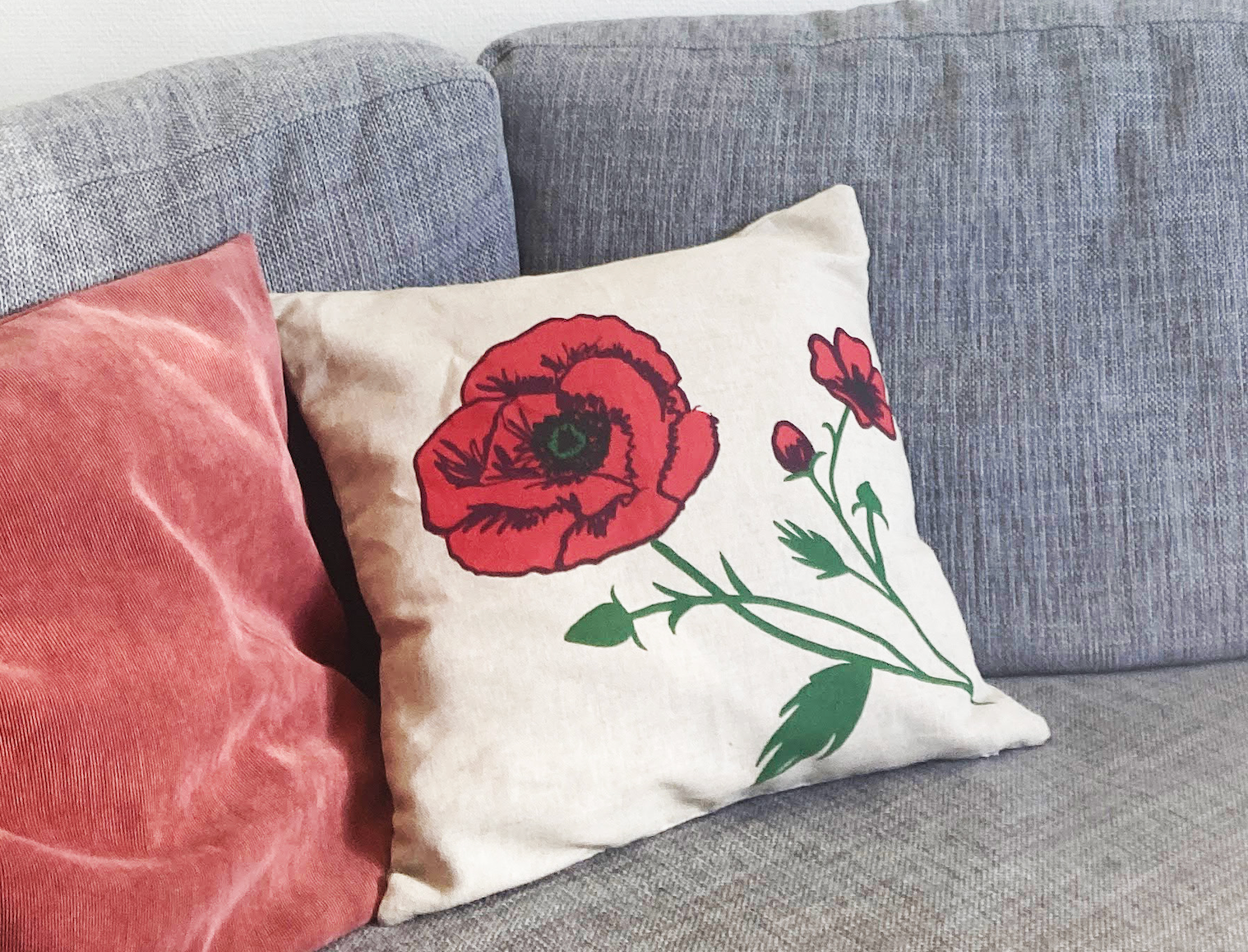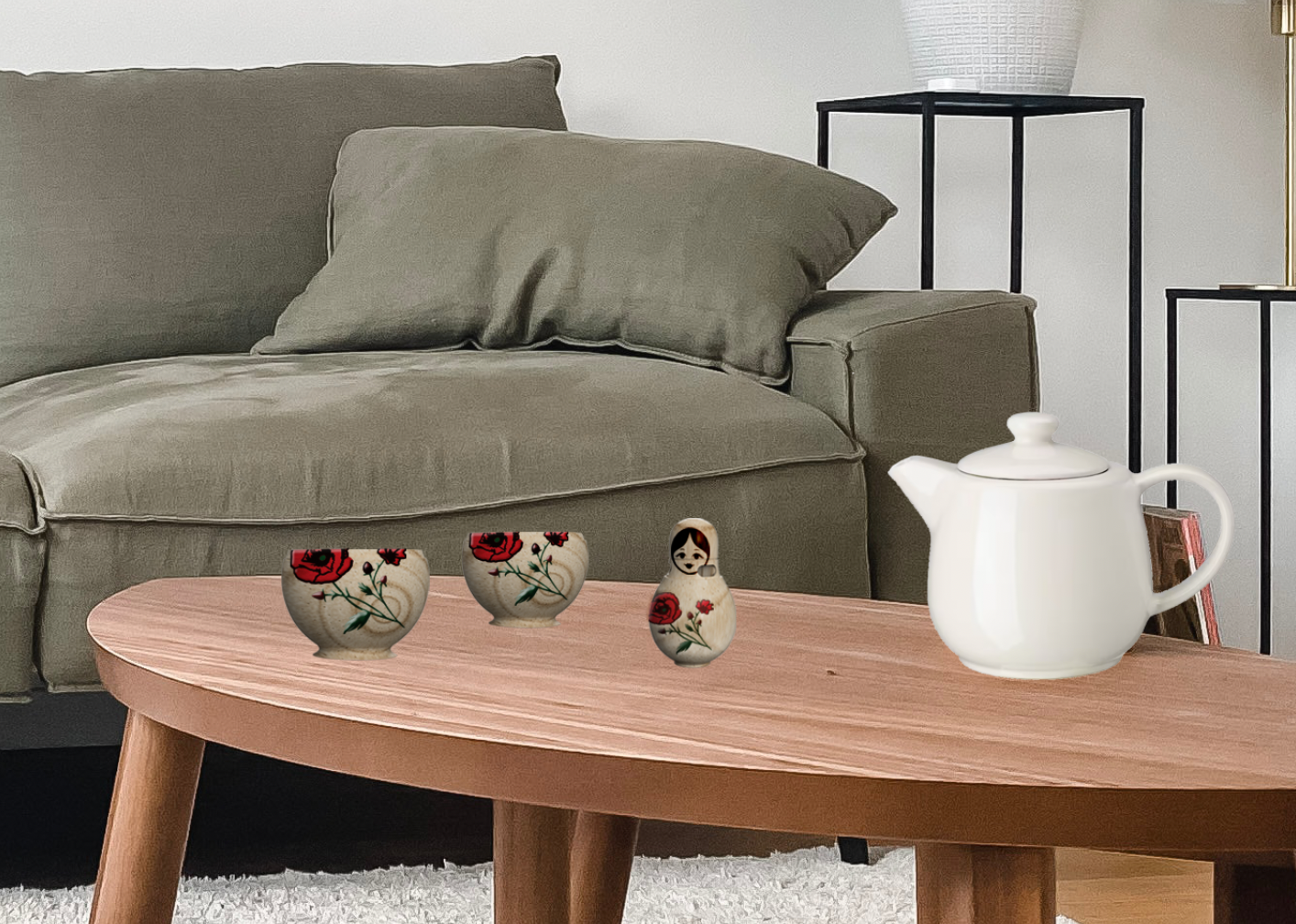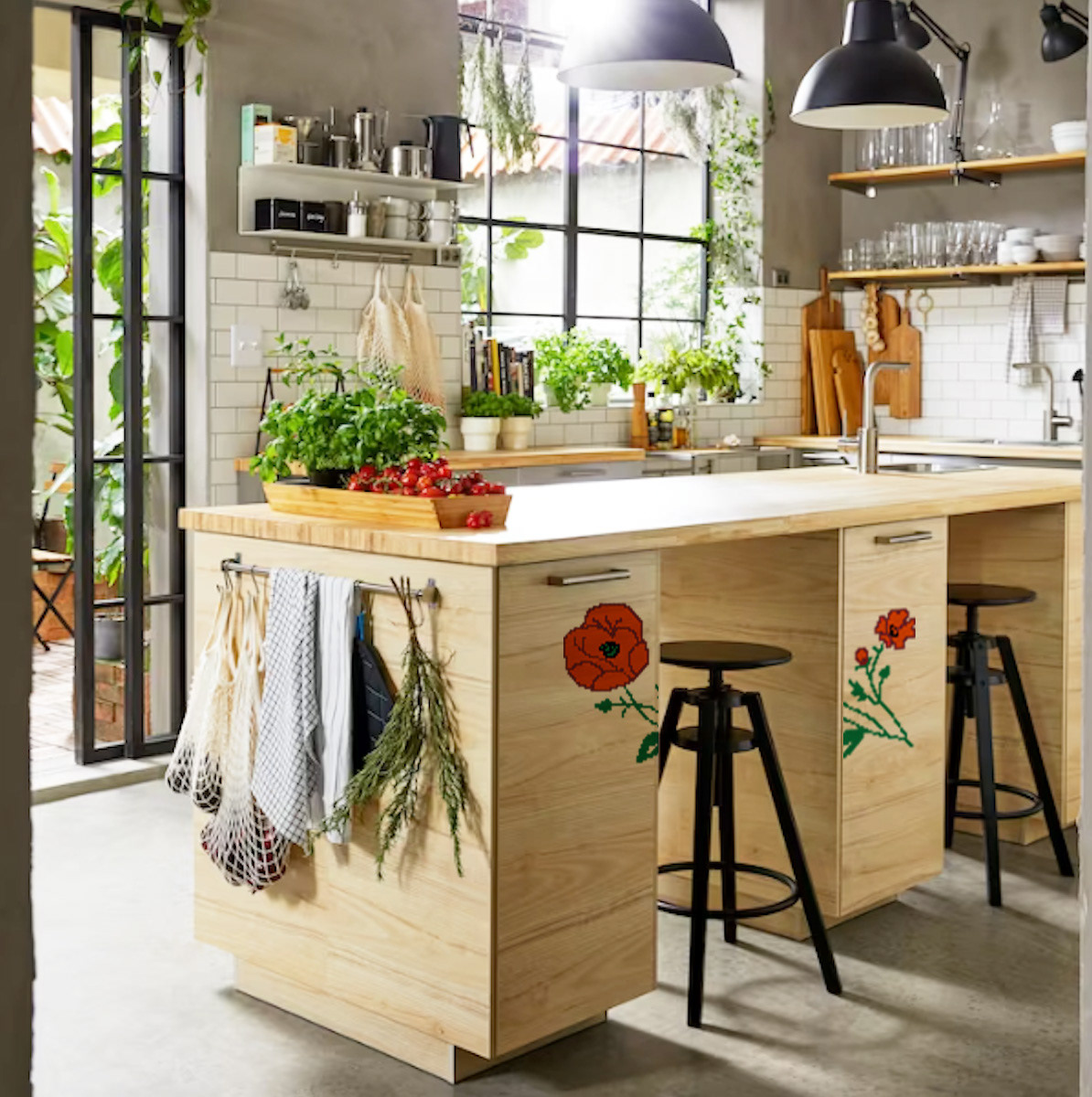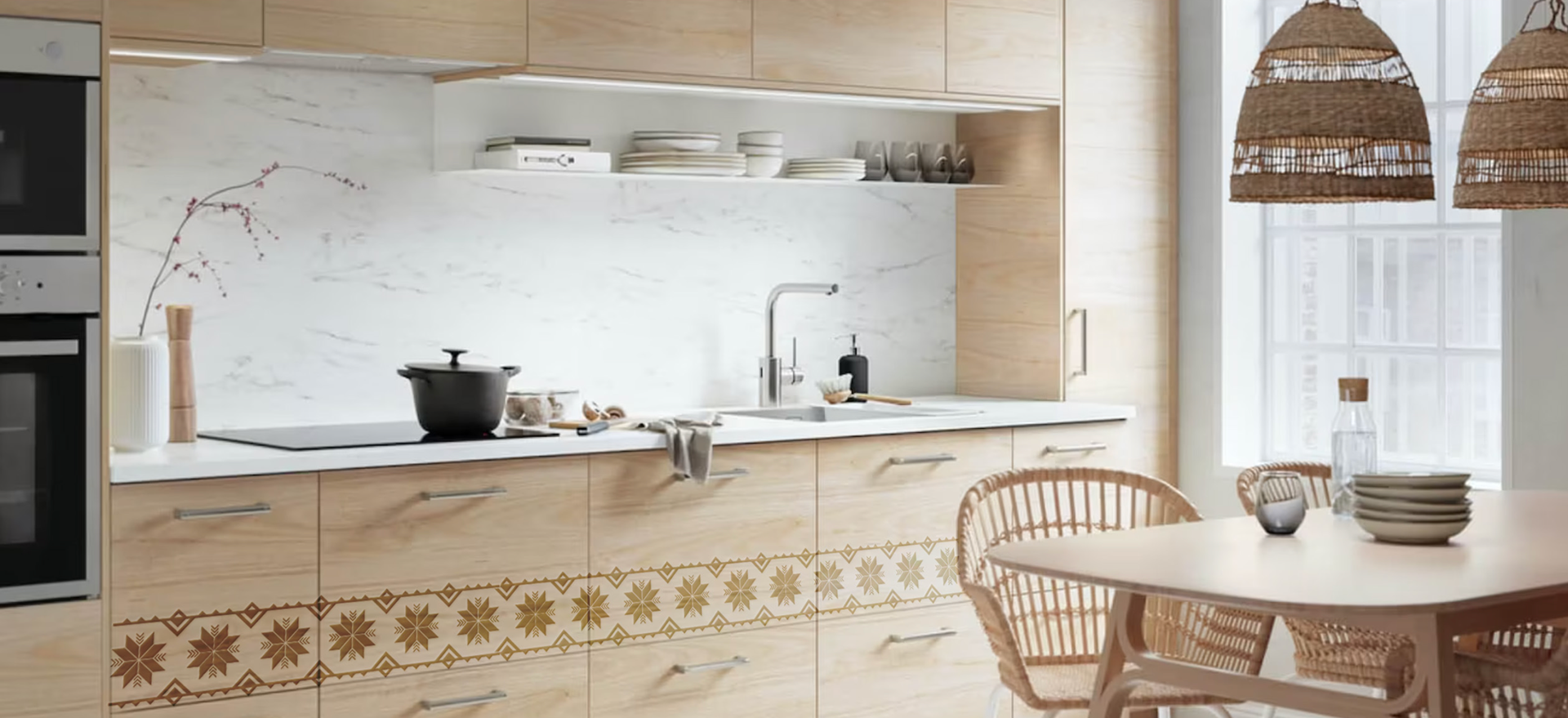Integrating Culture into a Home: How to Make Product Development More Adaptable
Research question: Can IKEA’s vision of “the many people” use design to integrate different cultures into the home?
My masters thesis was written in collaboration with IKEA of Sweden while I did my MA in the Innovation in Business, Engineering, and Design program at Linnaeus University in Växjö, Sweden. I am from Canada, with Ukrainian heritage which has always been a big part of my identity. I explored different traditions, rituals, general needs and commonalities from an array of cultures.
This thesis project is about finding form for customization to contribute to adapting cultures into product development. IKEA is iconic for Swedish design; however, it is a global company with customers from all around the world. The research explores how IKEA can maintain its strong Swedish identity while inviting people in different cultural influences, deciding how cultural elements are in integrated within the homes of people living away from their home countries.
The customized products that were created to research this project are designed through Ukrainian cultural elements, however, the product development adaptability can be applied to any culture. During the research process I interviewed over 20 people living in Sweden from Brazil, Mexico, Russia, Germany, The Philippines, France, Ukraine, and Sweden. I asked them questions about cultural identity, symbolism found in their homes, their thoughts on Scandinavian design, and how they customize products and furniture to suit their behaviour for everyday life. The focus is not the objects themselves, but the users' habits.
Motivation: being Canadian Ukrainian, the most recent war and millions of Ukrainians being displaced (including some of my family and friends), keeping up tradition
When people search for products they don’t always find what fits their own individual needs, there is no connection. Things to consider in product adaptability are product use and the user’s sense of identity. Even in Canada, my parents have Ukrainian relics such as a famous poet’s (Taras Schevchenko) book, a dining set with the traditional pattern, tablecloths just to name a few. I found similar things in the homes of the people I interviewed. I grew up celebrating Christmas and Easter with Ukrainian tradition and aimed to adapt those uses into my products.
You can read my thesis paper through this link.
For this project I explored forms of customization for pillows, kitchen products, and kitchen cabinets. I executed the user journey through creating a user journey on IKEA’s website as it would appear for my products, adding depth to them by teaching the user about the tradition behind choices of colour, pattern design, and the history behind tradition. My idea was that IKEA could feature different cultures periodically through their website and marketing campaigns, as they already do for seasons. The journey begins with a photo of my family in Ukraine at the Christmas table, wearing their traditional Ukrainian vyshyvankas. The user can click on dots that expand into text about what is seen in the photos, which are where the designs are from. The text also mentions similarities with Swedish culture as a way to keep IKEA’s strong Swedish identity in mind.





In order to make this possible, supply chain needed to be rethought into a way to print on demand, and save room in limited warehouse spaces. New technology allows more possibilities for bridging the gap between what consumers want and what is accessible to them. Customers are more connected to brands than ever before and have more demands, which brings on the need for a more flexible supply. Supplies can now be sold directly to a customer, at a low price without needing to go to the wholesaler.
Customization and the possibility to print on demand or order from new collections would give access to the several design features that allow customisation. The possibilities to choose different colours, patterns, and sizes would be available for customers. IKEA has the technology set up in order to print on demand, and it does not matter how much of a certain design is produced on a pattern, it all comes down to how much textile is used for example.
There is a new value chain set where the supply chain starts off digital and there is co-creation with the customer. The product is printed on demand. Customization comes at a higher cost yet IKEA would still offer a better deal than competitors. There is new competition such as Etsy and local shops. Form is the factor that the scope of this project manifests. The material is durable, and the product being sold is not the object, it is the user's habits. The products suit different needs world-wide and are non-conformist.
